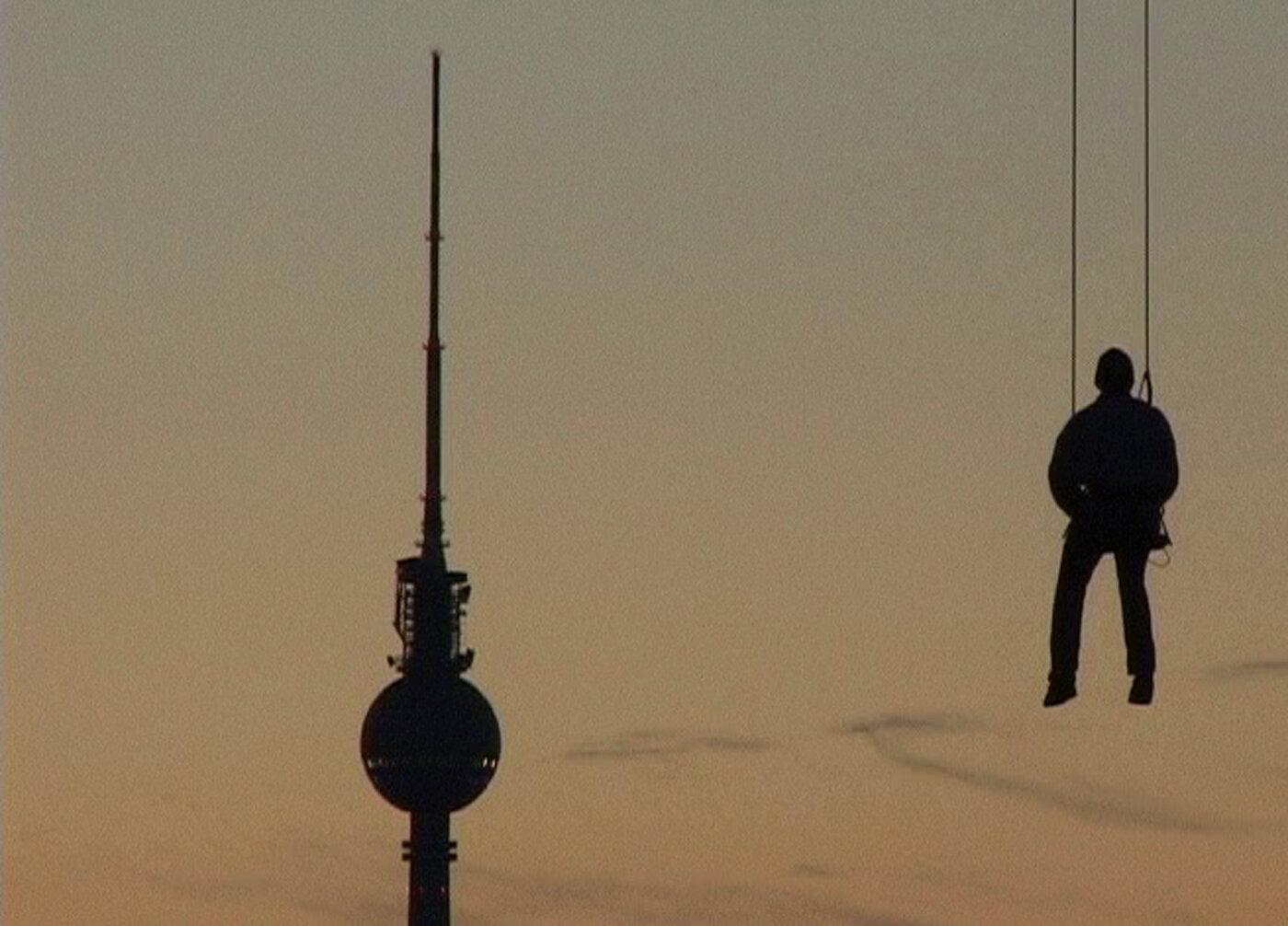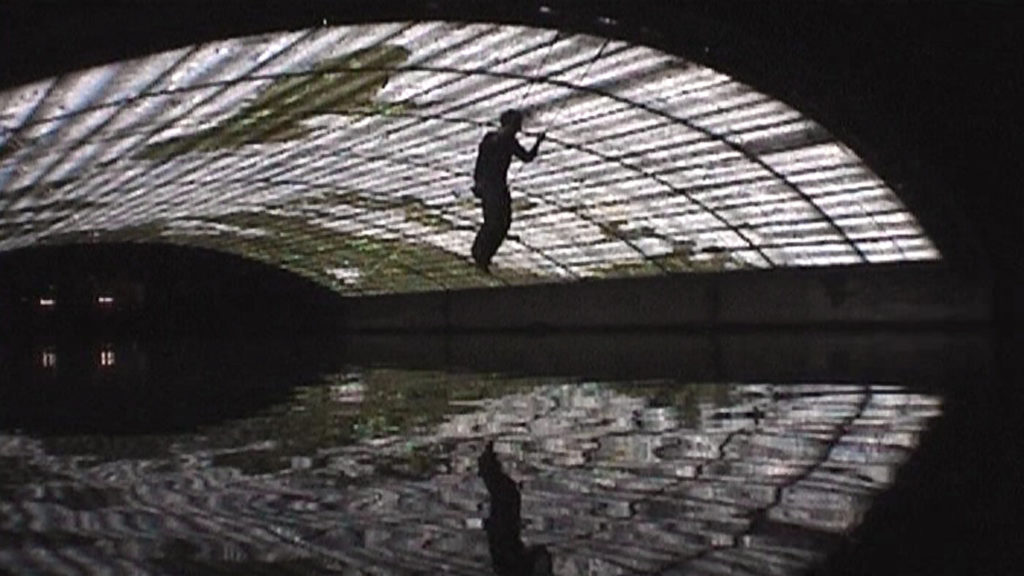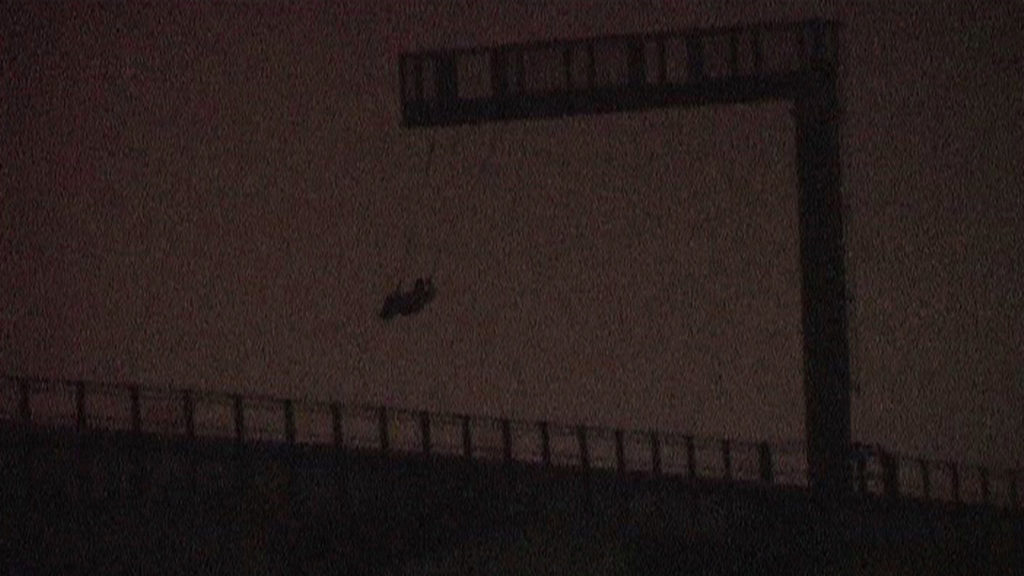City Swings

In the works of Matthias Wermke and Mischa Leinkauf, everyday situations, practices, and regulations are playfully, almost incidentally, questioned. The swing, which appeared at various locations in Berlin and then moved on again, hung from street signs, scaffolding, and structural elements. It continuously appropriated small parts of the surrounding commercialized and privatized city, making them its own. For just a moment, however brief, a new (public) space came into being—where there previously was none. By occupying squares, niches, sites, and objects that normally serve other functions, it reconquered the city gently and quietly, but no less emphatically. Thus, the mobile swing can be read as a warning. Because if public space disappeared completely, will everyone who wants to swing have to bring their own swing with them?

